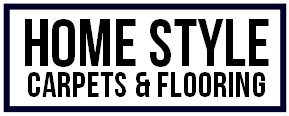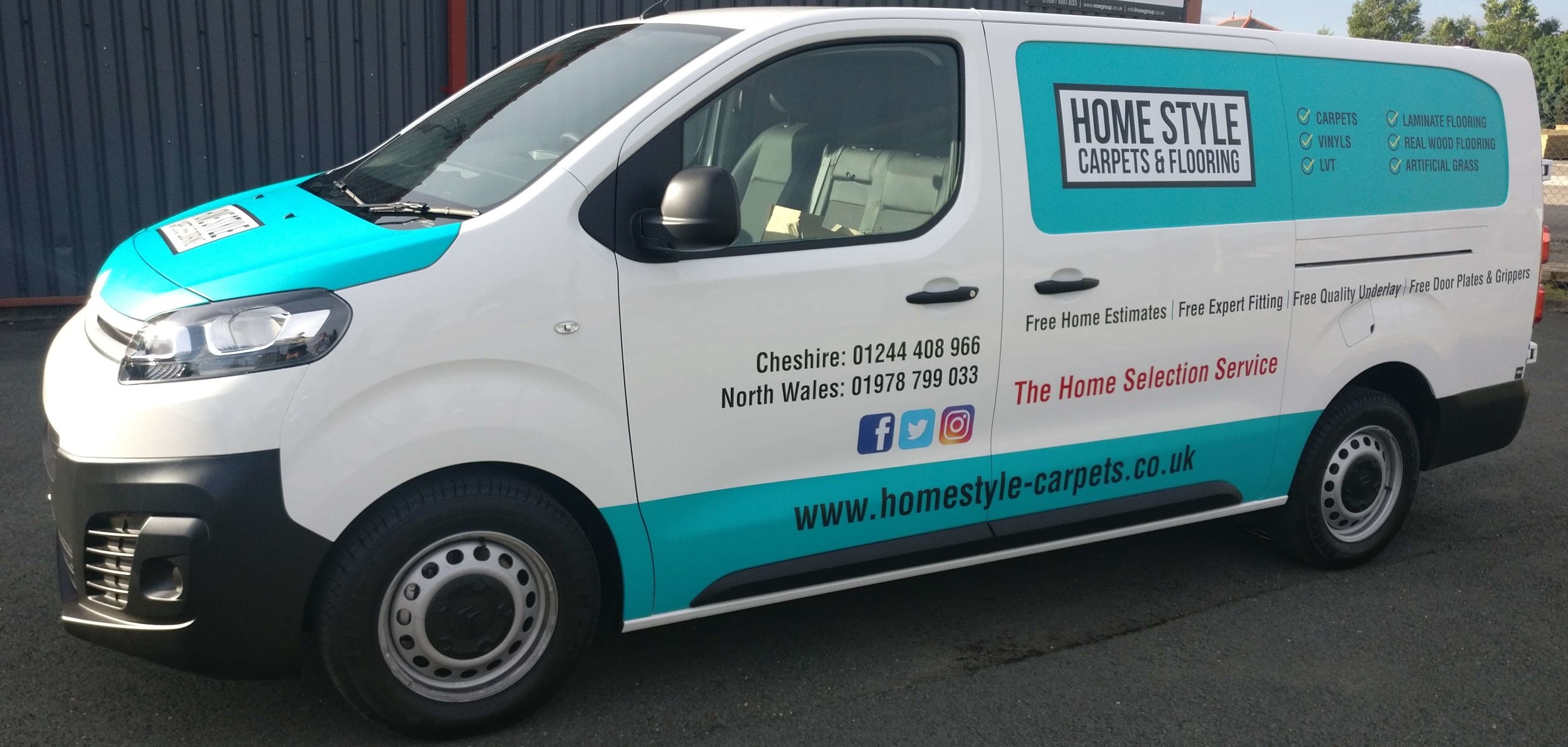Which? publishes carpet buying guide
/Consumer organisation Which? recently published its updated guide to buying a new carpet.
There are three important questions Which? recommends you ask before purchasing a new carpet.
How much can I spend?
Carpets cost from £5 a square foot to over £100 for a hand-woven carpet. Premium-quality wool carpets are more expensive than synthetic polypropylene, but they add luxury comfort to a room.
Who will walk on the carpet and how often?
High-traffic areas in busy households with several members will see more foot traffic in hallways and living areas than in bedrooms and other less used areas. High-traffic areas need more durable carpets. If there are young children and pets in the home, go for a carpet that is easy to keep clean.
How do I want the carpet to look and feel?
Do I want a soft carpet with a deep pile or a flatter one? What colour goes well with the room decor? Do I prefer a pattern or a plain colour carpet?
The Which? guidance details carpet material types, synthetic, wool or plant-based, with each material having its pros and cons.
If you choose an expensive carpet, Which? warns against cutting costs by buying a poor quality underlay. A good underlay improves the carpet's look and feel and makes it last longer.
The guidance from Which? may help consumer choose the next carpet for their homes. However, for more help in choosing the best carpet, talk to a local carpet retailer in the North Wales and Chester region.

